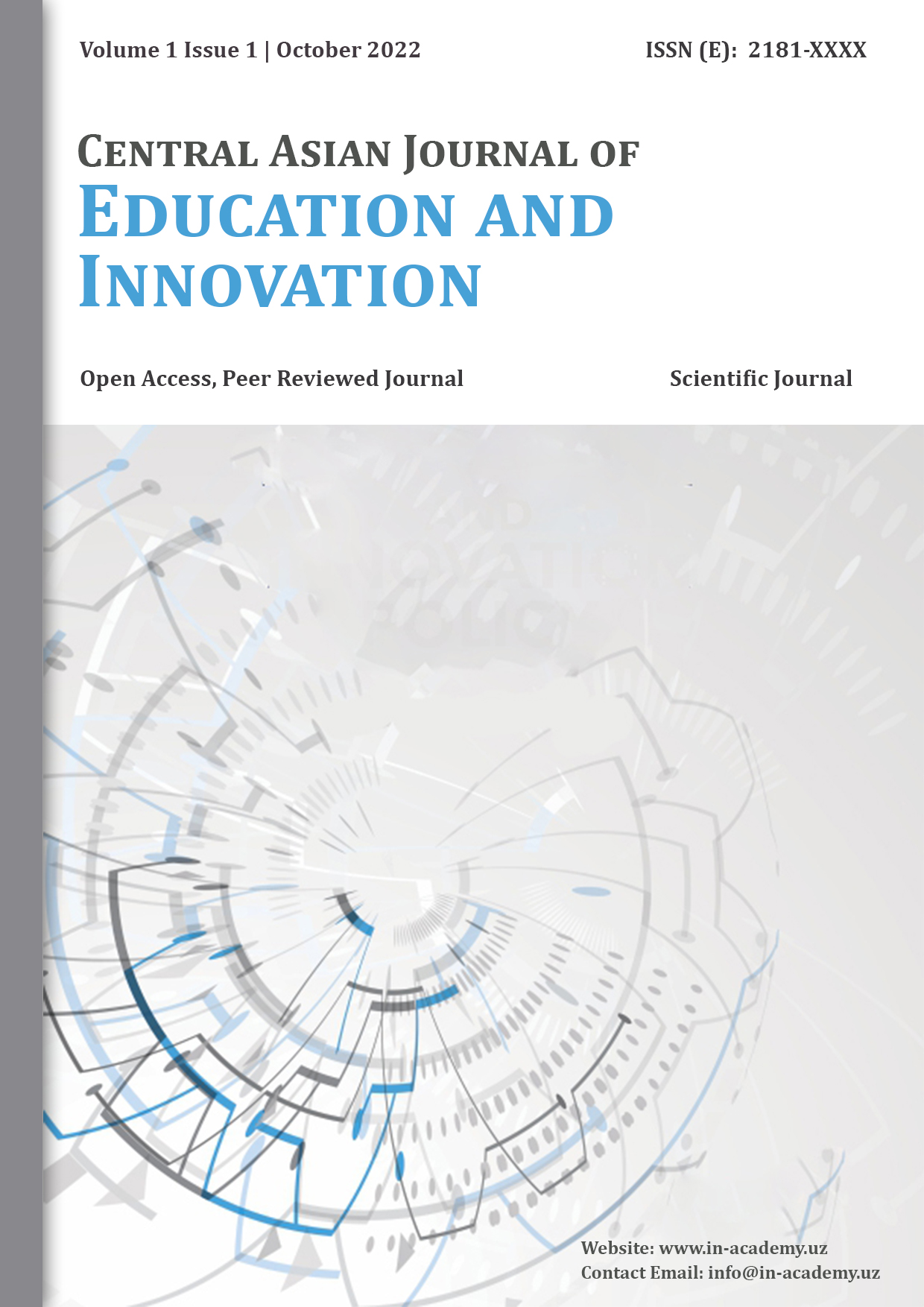THE WAYS TO REFLECT AFFECTIVE EMOTIONS IN LITERARY TEXTS, IN THE QUR’AN
Main Article Content
Abstract:
This article focuses on the nature of emotions, in order to get a sense of the object of study. What can we identify in the text as an emotion, how is it expressed, and what does it mean in its context? It explains the division between constructivist and universalist approaches to the study of the history of emotions, and describe how these approaches have been reconciled by scholars who recognise that emotions have certain universal elements, but also that we cannot assume knowledge of how emotions will manifest, how they are understood, and what triggers them.
Article Details
How to Cite:
References:
Abdel Haleem, M.A.S., Understanding the Qur’an: Themes and Style (London: I.B. Taurus, repr. 2010).
Boddice, Rob, ‘Review of The History of Emotions: An Introduction’ Reviews in History, website: http://www.history.ac.uk/reviews/review/1752
Izutsu, Toshihiko, Sufism and Taoism: A Comparison of Key Philosophical Concepts (Berkely and Los Angeles: University of California Press, 1983).
Kermani, Navid, God is Beautiful: The Aesthetic Experience of the Qur’an, tr. Tony Crawford (Cambridge: Polity Press, 2015).
Peterson, Daniel C., art. ‘Mercy’ in Encyclopedia of the Qurʾān.
Plamper, Jan, The History of Emotions: An Introduction, Emotions in History Series (Oxford: Oxford University Press, 2015).
Zebiri, Kate, ‘Towards a Rhetorical Criticism of the Qur’an’, Journal of Qur’anic Studies.

